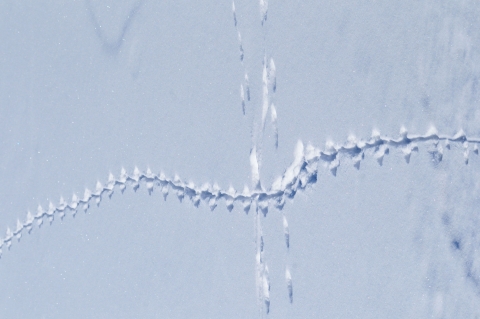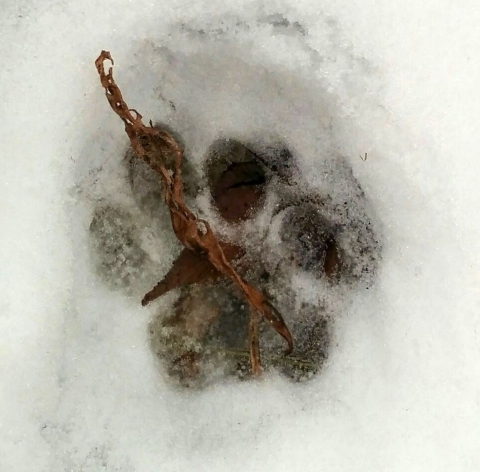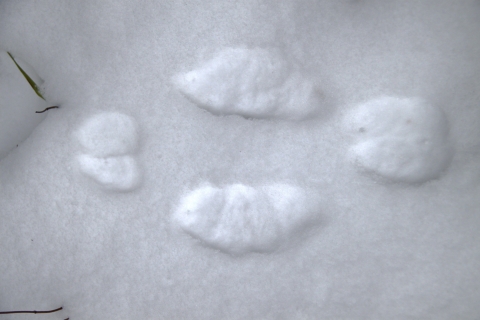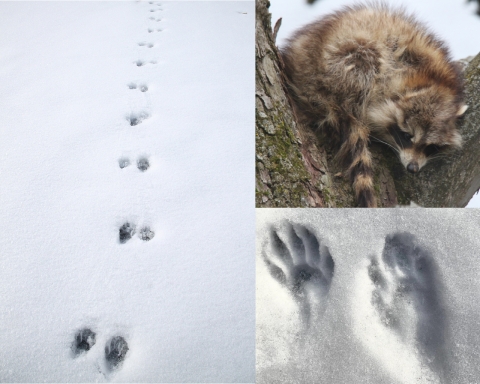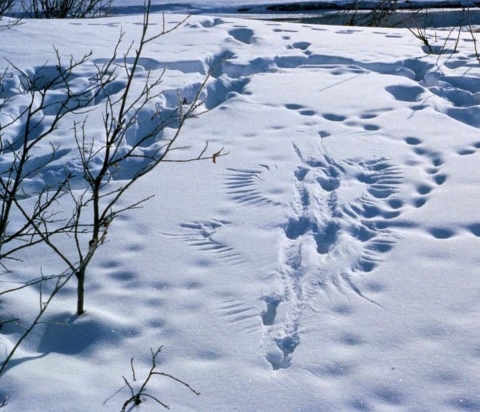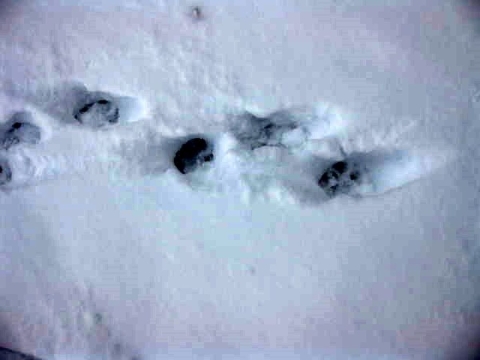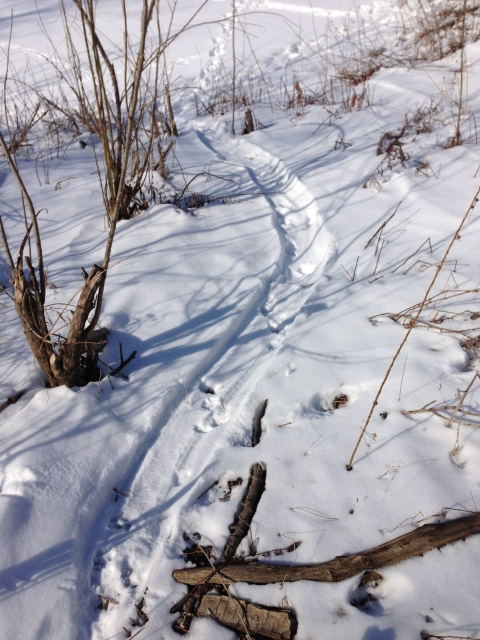Who goes there? Winter is a great time to find out. The snow tells secrets about the natural world.
In woods and plains and less trafficked city streets, the movements of many shy creatures can be revealed in a fresh cover of snow.
Even if an animal stays out of sight, you can find clear signs of its presence through its snow tracks and imprints.
Snow prints may reveal clues to an animal’s size, diet, gait and habits. Some prints even tell stories of resourcefulness and struggle.
If you’re hunting, reading animal tracks can mean the difference between finding your quarry and leaving empty-handed. If you’re simply enjoying nature, interpreting snow tracks can be a source of wonder and fun.
Why did a large-winged bird leave such a deep impression in the snow at Tamarac National Wildlife Refuge?
Did a hawk or other raptor swoop down to seize a mouse or rabbit? Hard to say. But the imprint left behind offers a magical glimpse of the feathered creature’s size, form and power.
Talk about a distinctive track. No ski made that furrow in the snow, especially not one framed by alternating paw prints. The telltale tail dragging helps identify the track of a muskrat in fresh snow at Seedskadee National Wildlife Refuge.
Tracking has its own language. Here are some common terms used to describe wildlife tracks, from the Prairie Wetlands Learning Center in Fergus Falls, Minnesota.
- Trail: a path or the series of track patterns
- Straddle: the total width of the trail, all tracks included
- Register: when a back foot lands in the print of a front foot
- Dragline: a print left by a foot or tail dragging over the surface
Pick up wildlife sleuthing tips from these animal tracking cards from Princeton University.
Bobcats are secretive animals and are rarely seen, but you might just get lucky enough to spot their tracks. Note the paw print has a rounded appearance and there is no claw imprint. Claw imprints are left by dogs and their wilder cousins (coyotes, wolves, foxes), not by cats.
Want more help in identifying animal tracks? Some of the best free online resources come from state agencies and universities.
Many of these guides are useful outside their state of origin. This guide from New Mexico State University is a good example.
Two large flat prints, parallel with one another, point to the top. A smaller, close-set pair follow. What hopped by? A snowshoe hare darted across the snow at Missisquoi National Wildlife Refuge in Vermont. The big prints are the hind feet, four to five times the size of the front. The double prints of the front feet show that the animal stopped and rested here before continuing on its way.
Hares are among animals known as “gallopers.” They plant their front paws, then bring their hind legs up beyond their front. Then they do it all over again.
Raccoons have a distinctive walk – and you can use it to identify their tracks. Look for paw prints with five long, finger-like toes. The toes usually connect to a C- shaped palm pad. Raccoons often leave a trail with side-by-side tracks. If you look closely, you will see that each pair of prints is composed of a front paw alongside a hind paw, alternating sides (think left front with right rear, then vice versa). This track pattern is called a "pacer."
If the bird left its mark first, who could blame a visitor for wanting to investigate this beauty of a wildlife snow print left behind at Arctic National Wildlife Refuge? Did the bird drop down after seeing or hearing movement beneath the snow? Did it catch its prey? How could you tell?
Alaska Department of Fish and Game offers some useful tools to help you interpret such scenes.
If you look closely, you can make out the claw marks — characteristic of tracks left by animals in the dog family. Distinguishing coyote tracks from dog tracks can be tricky. One clue: Consider the animal’s line of movement across the landscape. Dogs tend to zigzag in play. Coyotes are all business; they are much more likely to take a short and straight route. The California Department of Fish and Wildlife offers these tips on telling coyote tracks from dog and wolf tracks.


